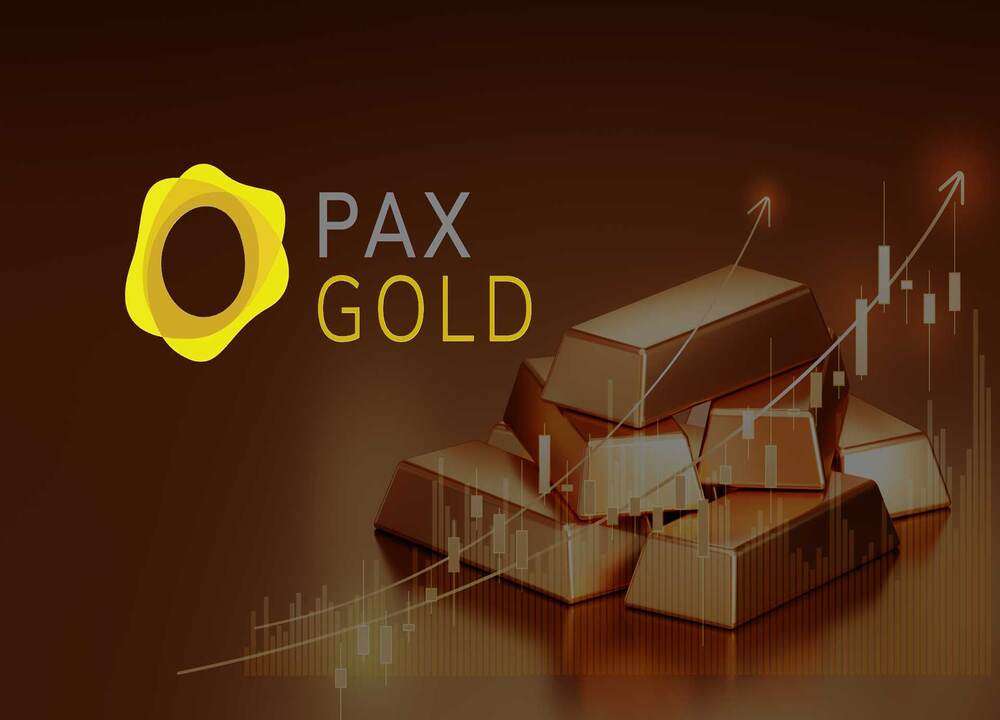Learn
Support
- USDT-M Perpetual FuturesTrade futures contracts settled in USDT
- USDT-M Perpetual Futures PROBetaTrade futures contracts settled in USDT
- Coin-M Perpetual FuturesTrade futures contracts settled in cryptocurrency
- Demo Trading100,000 USDT virtual fundPractise trading USDT-margined and coin-margined futures
- Trading ArticlesRead all the guides about futures trading
Scan to Download App
Download OptionsIs Ethereum a No-Brainer Buy After Bitcoin Halving? Ethereum Post-Halving Analysis
07/24/2024

Ark Invest’s Cathie Wood revolutionized the crypto landscape earlier this year with her bold prediction that Bitcoin’s price would skyrocket to $1.5 million by 2027. Her foresight was grounded in the recent approval of Bitcoin-based exchange-traded funds (ETFs), the increasing institutional adoption, and the pivotal halving of Bitcoin’s mining rewards.
- Ethereum vs. Bitcoin: Key Differences Explained
- Ethereum Catalysts Explained – Key Drivers for Growth
- Market Update: Latest News
- Wood & Standard Chartered Bullish Predictions: Should You Trust Them?
- Ethereum Investment Guide: Is $1,000 Worth It Now?
Ethereum vs. Bitcoin: Key Differences Explained
Secondly, Ethereum boasts a significantly lower energy consumption compared to Bitcoin. The Ethereum Network, which once employed the energy-intensive proof of work (PoW) mining method similar to Bitcoin, has since transitioned to the more efficient proof of stake (PoS) consensus mechanism in September 2022.
Ethereum Catalysts Explained – Key Drivers for Growth
Ethereum, the pioneering blockchain platform, stands tall as the world’s second-largest cryptocurrency, rivaling even the might of Bitcoin. Its standing is further strengthened by its inclusion on the prestigious “green list” of pre-approved cryptocurrencies by the New York State Department of Financial Services, positioning it among the elite eight digital assets. This recognition, coupled with Ethereum’s unique characteristics, has sparked a flurry of excitement and speculation among investors and enthusiasts alike.
A major milestone came when the U.S. Securities and Exchange Commission (SEC) theoretically approved spot Ethereum ETFs, paving the way for their real-world launch on the Cboe exchange on July 23. This move marked a significant step towards mainstream adoption and legitimacy for Ethereum, underscoring its status as a viable investment option.
Despite this classification, Ethereum’s token burning mechanism could stabilize its price in the near term. This periodic burning of tokens reduces the overall supply, potentially driving up demand and prices. Additionally, the upcoming upgrades to the Ethereum Network, such as the transition to Eth2, are expected to enhance the platform’s scalability, security, and efficiency. These improvements will make it easier to facilitate financial transactions and develop more decentralized tokens and applications on the Ethereum blockchain, further fueling its growth and adoption.
Moreover, as more companies begin to accept Ethereum as a payment option, its real-world use cases will expand, increasing its demand and value. Institutional investors, who have previously been hesitant to enter the cryptocurrency market due to its volatility and lack of regulatory clarity, are now able to gain exposure to Ethereum through easily accessible spot ETFs. This influx of capital from institutional investors is expected to provide further support for Ethereum’s price and help drive its growth in the long run.
Market Update: Latest News
This updated Prediction underscores the confidence in Ethereum’s growth trajectory, particularly in the context of increasing institutional adoption. With the approval of spot Ethereum ETFs, Standard Chartered estimates that the first 12 months could see fund inflows ranging from 2.4 to 9.2 million Ether, equivalent to a massive injection of $15 billion to $45 billion into the Ethereum ecosystem.
The bank further ties Ethereum’s price movement to the performance of Bitcoin, Predictioning that if Bitcoin reaches the coveted $200,000 mark next year, Ethereum prices are expected to rise to approximately $14,000 over the same period. This correlation highlights the intertwined nature of the two largest cryptocurrencies and the overall crypto market.
Wood & Standard Chartered Bullish Predictions: Should You Trust Them?
Firstly, let’s examine Wood’s $166,000 price target for Ethereum. While her vision of Ethereum’s future potential is undeniably exciting, it’s crucial to approach her prediction with a degree of skepticism. After all, Wood’s firm, Ark Investment Management, has not always delivered on its promises. Their flagship Ark Innovation ETF (ARKK) has struggled to match the performance of broader indices, such as the S&P 500, which has grown by a staggering 84% over the past five years while ARKK has declined by 4%.
Furthermore, Wood’s opinions on Ethereum may be influenced by her company’s business interests. Ark Invest offers its own Ethereum futures ETF and is actively pursuing approval for a spot Ethereum ETF. This potential bias in her analysis should be taken into account when evaluating her predictions.
However, Wood remains steadfast in her belief that Ethereum’s expanding developer base and its potential to disrupt traditional financial services will drive its price to new heights by 2032. This optimistic view is supported by Ethereum’s continued technological advancements and its role in decentralized finance (DeFi), which is quickly gaining traction in the financial world.
On the other hand, Standard Chartered, a major financial institution, has also expressed bullish sentiment on Ethereum. The bank sees significant potential for Ethereum to revolutionize the financial industry, especially in areas such as cross-border payments and supply chain financing. This endorsement from a traditional banking giant adds further credibility to the bullish narrative for Ethereum.
However, it’s important to remember that both Wood and Standard Chartered have vested interests in promoting a positive outlook for Ethereum. As investors, we must exercise due diligence and conduct our own research to determine whether these predictions are truly justified.
In my opinion, while Ethereum has the potential to achieve significant growth in the long run, reaching a price of $166,000 by 2032 seems highly speculative. However, if the Ethereum Foundation continues to upgrade its network and drive technological advancements, the cryptocurrency could certainly stabilize and head higher over the long term.
Ethereum Investment Guide: Is $1,000 Worth It Now?
The Motley Fool Stock Advisor provides a comprehensive roadmap for investors, including portfolio-building strategies, regular updates from their team of experts, and two fresh stock recommendations every month. Since 2002, this service has generated returns that more than quadrupled the S&P 500’s performance.
Related articles
- A Million Wallets Receive the New Solana Meme Coin “WEN” via Airdrop

- What Is Omni Network (OMNI) Coin: Something You Need Know About It

- What is PAX Gold ($PAXG) Coin: Something You Need To Know About It

- How To Buy Ethereum (ETH) In Canada: A Updated Guidance For 2024

- Ethereum ETFs Review & Analysis: Spot Ethereum ETFs Likely To Launch On July 23

- Best Cryptos to Buy Amid Higher Likelihood of Spot ETH ETF Approvals – Pepe, Arbitrum, Uniswap

Quick Links
Risk warning: Digital asset trading is an emerging industry with bright prospects, but it also comes with huge risks as it is a new market. The risk is especially high in leveraged trading since leverage magnifies profits and amplifies risks at the same time. Please make sure you have a thorough understanding of the industry, the leveraged trading models, and the rules of trading before opening a position. Additionally, we strongly recommend that you identify your risk tolerance and only accept the risks you are willing to take. All trading involves risks, so you must be cautious when entering the market.
The world’s longest-running cryptocurrency exchange since 2011 © 2011-2025 BTCC.com. All rights reserved
